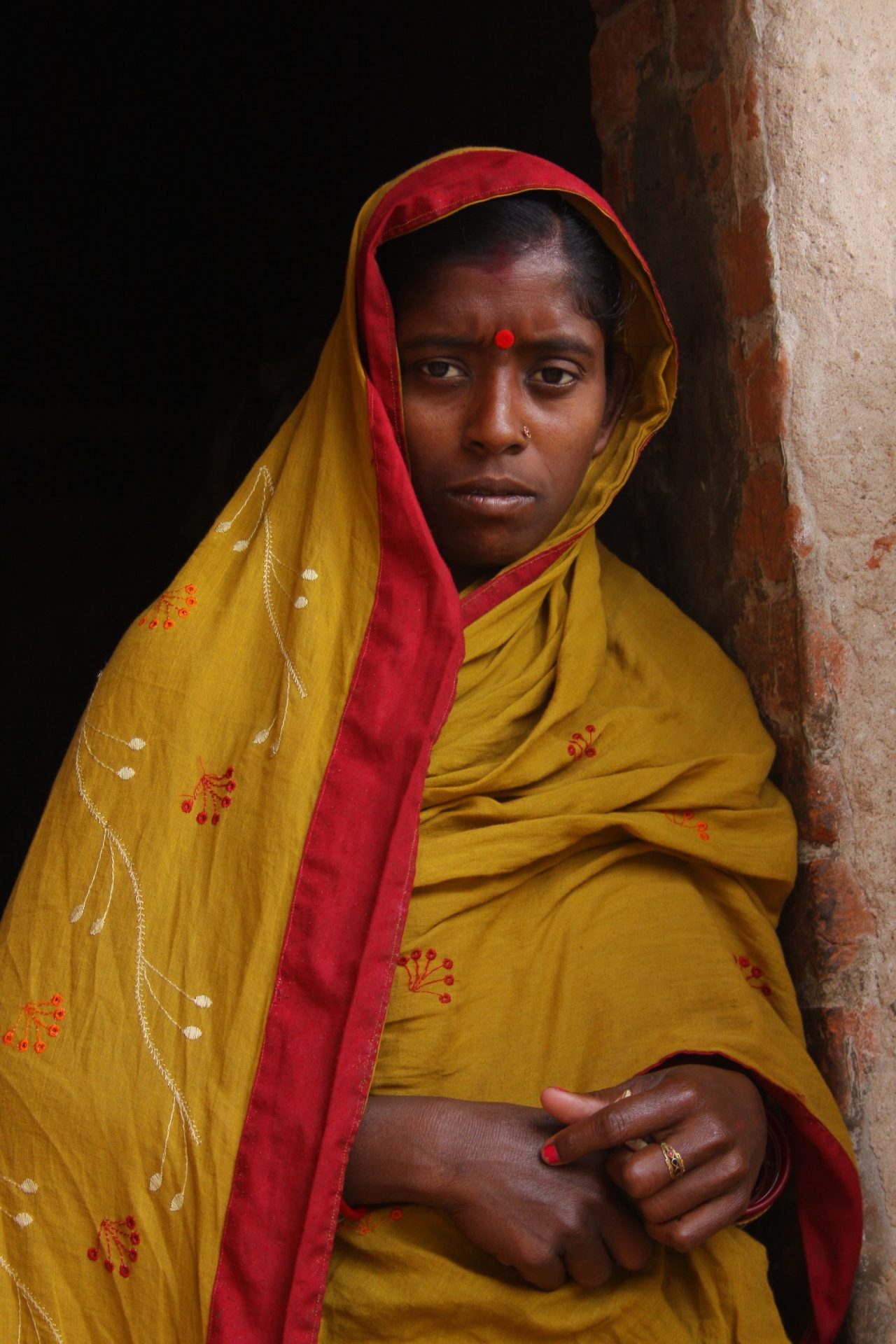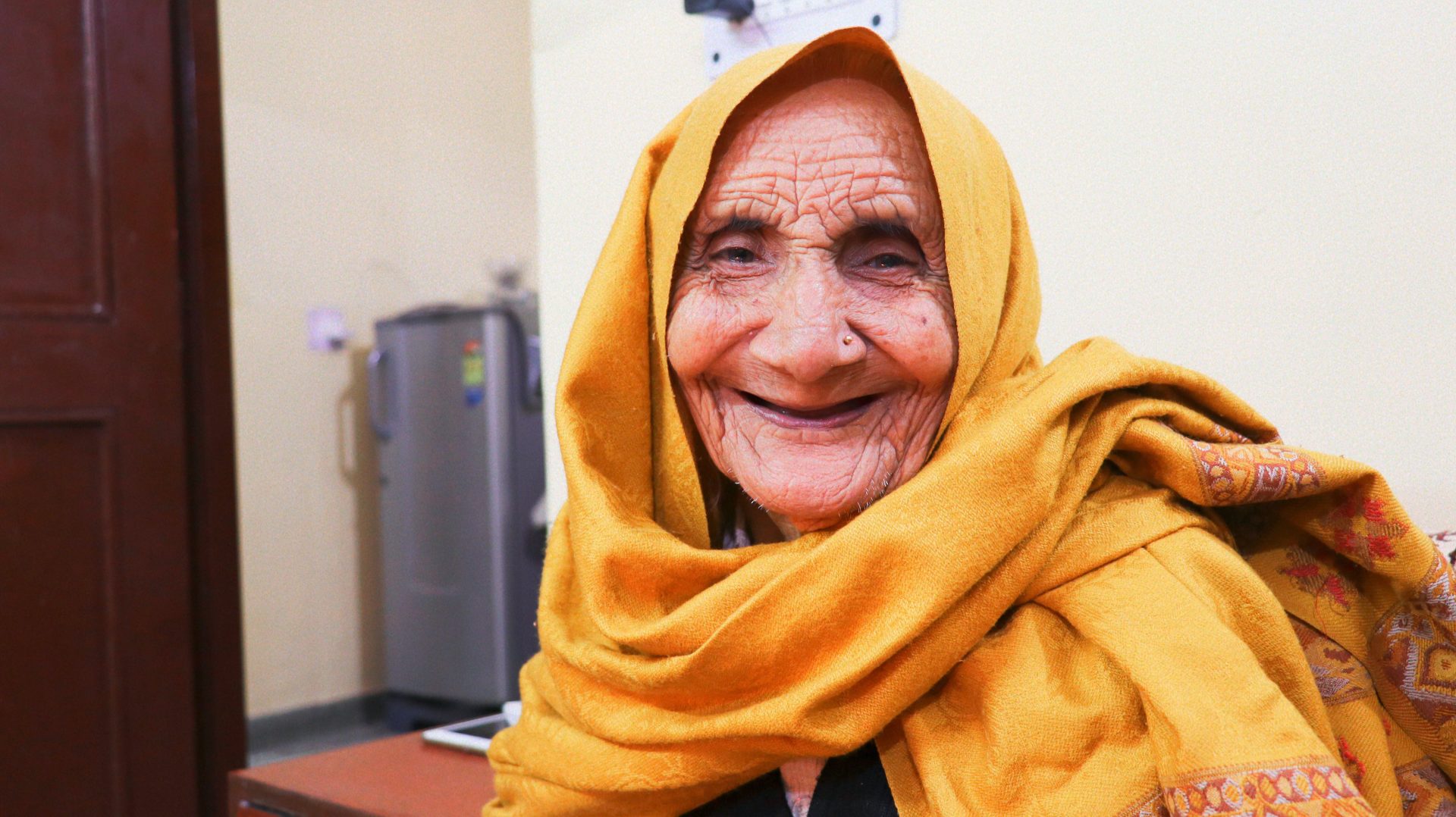- This commentary highlights key gender dynamics in digital health, including blind spots and biases, as well as transformative opportunities and responsibilities
- It draws upon literature and lessons learned from the International Development Research Centre’s ‘Strengthening Equity through Applied Research Capacity building in eHealth’ (SEARCH), which includes seven research projects in Bangladesh, Burkina Faso, Ethiopia, Kenya, Lebanon, Peru and Vietnam
Girls and women are often targeted as key beneficiaries of programmes; however, they may continue to be missed if interventions do not account for the gendered social relations that govern access to digital technologies. Despite gendered blind spots and biases, digital health has the potential to positively impact gender relations.
When digital health interventions are gender-blind, they may potentially place key intended populations further risk at risk. For example, digital health programmes may threaten familial relationships if the messaging empowers practices in conflict with prevailing social norms.
Third, women, girls, and other marginalised gender identities are often targeted as homogenous groups and not given opportunities to actively engage in and shape projects to better fit their needs.

Gender inequalities operate in health systems at multiple levels and must be addressed at individual, community, program and policy levels if digital health is to achieve its full potential.
When digital health interventions are gender-blind, they may potentially place key intended populations further risk at risk. For example, digital health programmes may threaten familial relationships if the messaging empowers practices in conflict with prevailing social norms.
A critical first step in developing digital health solutions that support gender equality is to understand existing gender inequalities and power relations. Consulting and engaging marginalised women – as well as men, leaders, decision-makers, and gatekeepers – is vital to ensuring that interventions address their needs and do not further harm them.
Addressing gender inequality through digital health also requires exploring how gender intersects with other social stratifiers to influence experiences of marginalisation. Women, girls, and other marginalised gender identities are often targeted as homogenous groups and not given opportunities to actively engage in and shape projects to better fit their needs.
Providing sustained support over time, across all health system stakeholders and levels, is necessary to ensure that transformative change is not limited to one subset of actors in the health system. Incremental learning and reflection are also required in order to nurture acceptance and respond to unanticipated reactions.
Given that digital health solutions are spread across diverse health system interfaces and levels, there is no one size prescriptive formula or checklist. Incremental learning and reflection is required to nurture ownership and respond to unanticipated reactions, particularly when shifting power relations underpinning gender inequality.

- A.S. George – Professor, School of Public Health, University of the Western Cape, Cape Town, South Africa
- R. Morgan – Assistant Scientist, Johns Hopkins Bloomberg School of Public Health, Johns Hopkins University, Baltimore, USA
- E. Larson – Data Manager, Johns Hopkins Bloomberg School of Public Health, Johns Hopkins University, Baltimore, USA
- A. LeFevre – Honorary Associate Professor, Johns Hopkins Bloomberg School of Public Health, Johns Hopkins University, Baltimore, USA; Faculty of Health Sciences, Cape Town, South Africa




